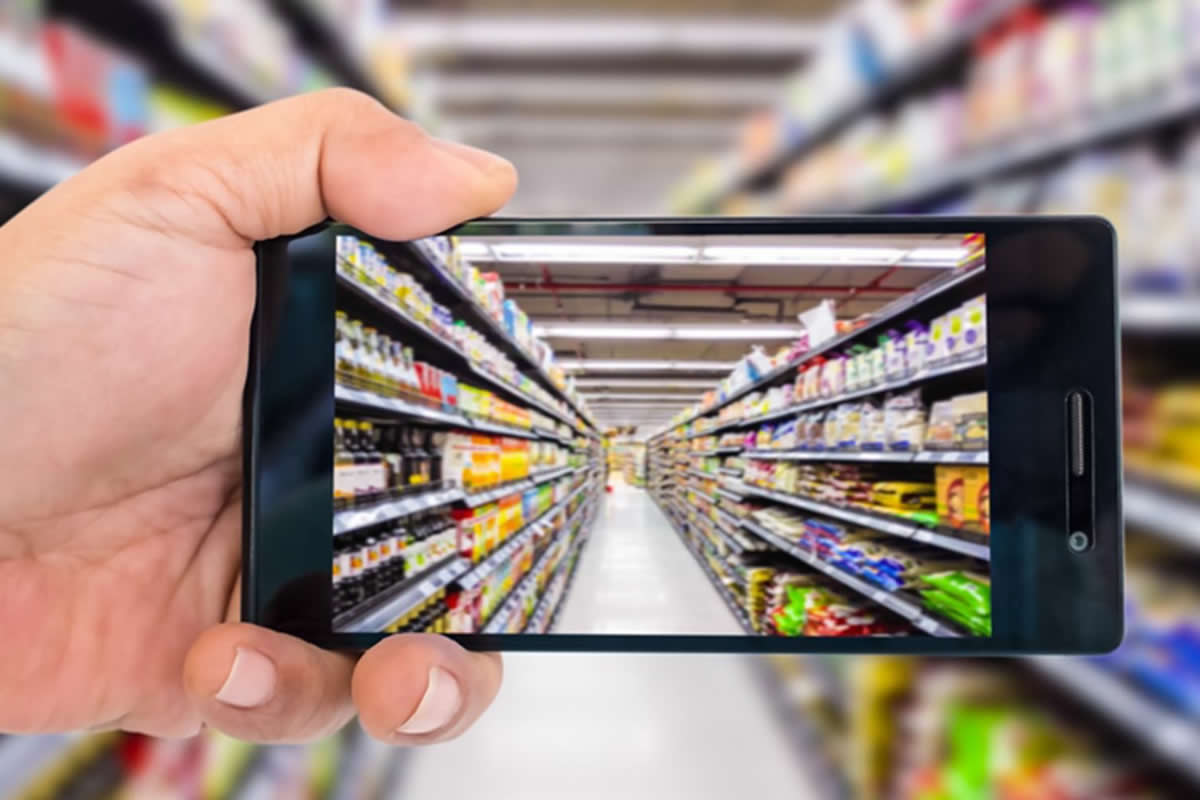Augmented reality (AR) has revolutionized numerous industries and photography is no exception. For photographers, AR software is a game-changer that enhances creativity, streams work flow and opens the new business opportunities. From the pre-visualization to the immersion of the client, the AR technology is shaping the future of photography. This article discovers how AR software can benefit photographers and help to grow their business supported by real-world examples and art trends.

Increase creativity and visualization
One of the biggest challenges of photography is to imagine the final image before capture. AR software photographers make a shot before taking a shot, test light setups make it easier to test and test with different styles, allowing it to overlook digital elements in the real world.
For example, AR -filters such as Adobe Aero and Instagram AR filters enable photographers to create virtual material in a scene, helping designing complex shots with their accuracy. Marriage and portrait photographers can use AR to preview their chosen positions by meeting their clients with the expectations of their clients. Fashion photographers, already, can integrate AR-exposed props and backgrounds to create more dynamic and vision interesting compositions.
Improvement
AR software flows in different aspects of a photographer’s work flow, reduces the time spent on planning, shooting and editing. AR-powered equipment, such as sun surveyors and photopils photographers, help to predict natural illumination by imitating sunlight and shades at different times of the day. This allows photographers to determine the schedule of shoot at the best moments, reduce the tests and errors.
Extra, AR-helping edited software like Adobe Photoshop Camera provides real-time enhancement, allowing photographers to preview and apply the filters, effects and compatibility before finalizing any image. By reducing the need for broad post-processing, AR technology enables photographers to provide high-quality results quickly, improves skills and client satisfaction.
To enhance the experience of the client
In the competitive photography industry, it is important to provide a unique and attractive client experience for business success. AR technology helps photographers to create interactive and immersed experiences that distinguish from their competitors.
For example, real estate photographers can use AR to provide virtual staging services, allow potential buyers to see the interior fully decorated through their smartphones. Event photographers can develop custom AR filters that guests can use their photos instant to increase, add personalized touch to weddings, corporate events and social assembly. With the benefits of Augmented Reality Solutions, photographers can increase customers’ busyness and provide additional values to their services.
To extend business opportunities
AR opens the new earning streams that enables to provide innovative services to photographers. Virtual photo booths, AR-enhanced prints and interactive marketing promotions are only a few in different ways that photographers can use AR to diversify their income sources.
For example, traders use growing AR-powered photography for advertising and branding. Brands like Gucci and Nike include AR features in their promotions, allowing users to interact with products in real time. Photographers who specialize in commercial photography can capitalize on this trend by providing AR-combat content services for brands to enhance their digital marketing strategies.
Furthermore, stock photography agencies are embracing AR-radi images, creating a demand for photographers who can create interactive and 3D-enhanced visuals. Before the curve, photographers can position themselves as pioneers in this emerging field, attract more clients and expand their market reach.
Real-world success story
Several photographers and companies have successfully integrated ARK with their work. For example, renowned fashion photographer Nick Knight AR and 3D Scanning techniques have been used to create future visuals that combine reality with digital art. Similarly, real estate companies like Jillo hire AR-based virtual stage, helping photographers and agents more effectively displaying features.
Wedding photographers are benefiting ARO to supply interactive wedding albums where couples can scan a QR code to view the animated versions of their photos. This innovation enhances the sensitive value of the wedding memories and creates more immersed experiences for clients.
AR’s future in photography
As AR technology is about to develop, its impact on photography will only increase. The progress of artificial intelligence (AI) and machine learning will enhance AR’s ability by enable more sophisticated real-time editing, automatic composition advice and intelligent background replacement.
Furthermore, the emergence of AR glasses and wearable devices leads to the revolution of on-space photography by providing real-time overlay and hands-free control over camera settings. The photographers who take AR quickly will achieve a competitive edge, positioning themselves as the leader in the growing technology-powered industry.
Conclusion
Augmented reality software is converting photography by enhancing creativity, enhances workflowing skills and opening new business opportunities. Through pre-visualization equipment, immersive client experience or innovative marketing techniques, AR photographers enable the photographers to improve their craft and increase their reach. As AR technology progresses, those who accept it will be ahead of competition and will achieve success in the natural scene of the developing photography.



